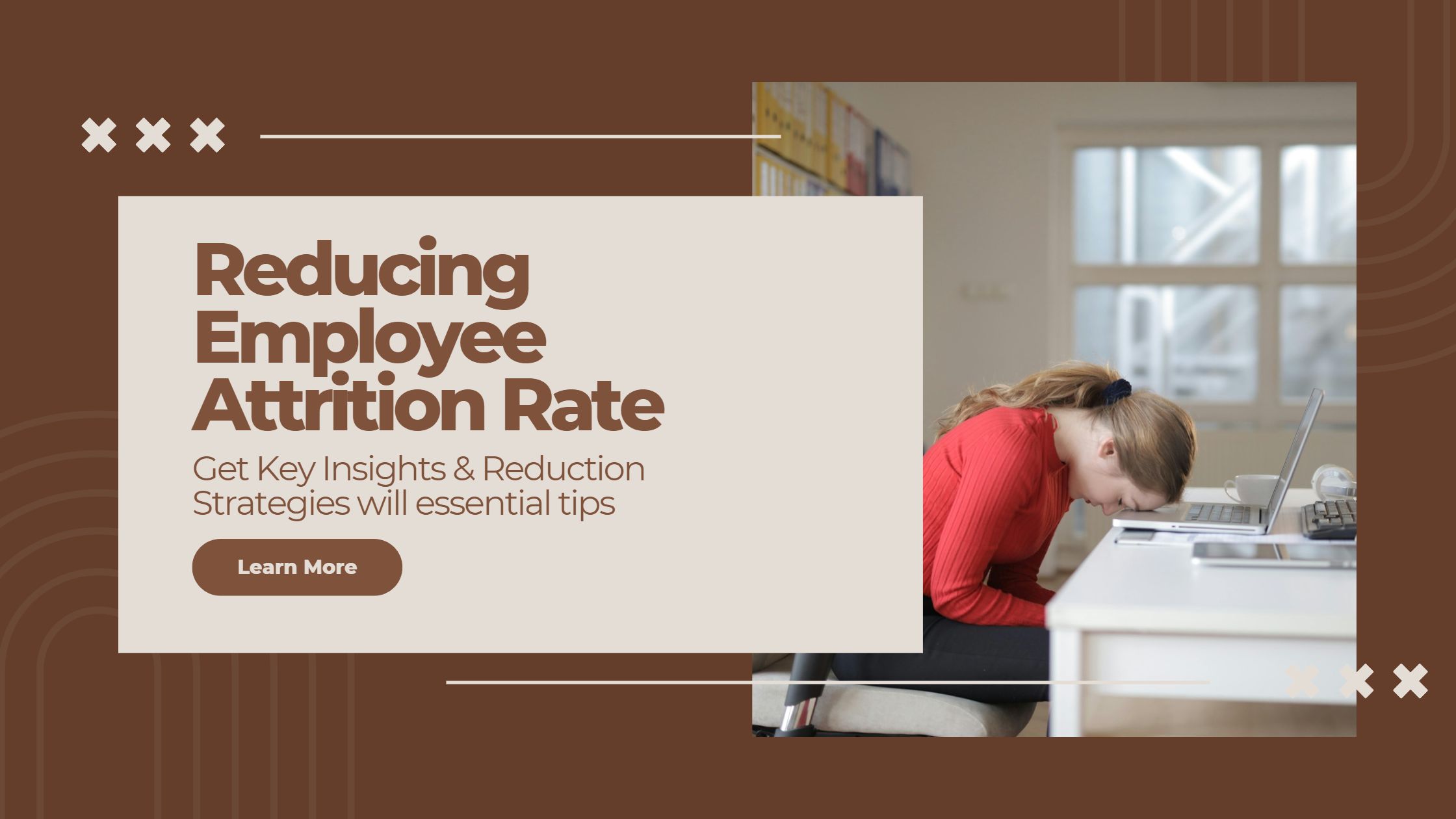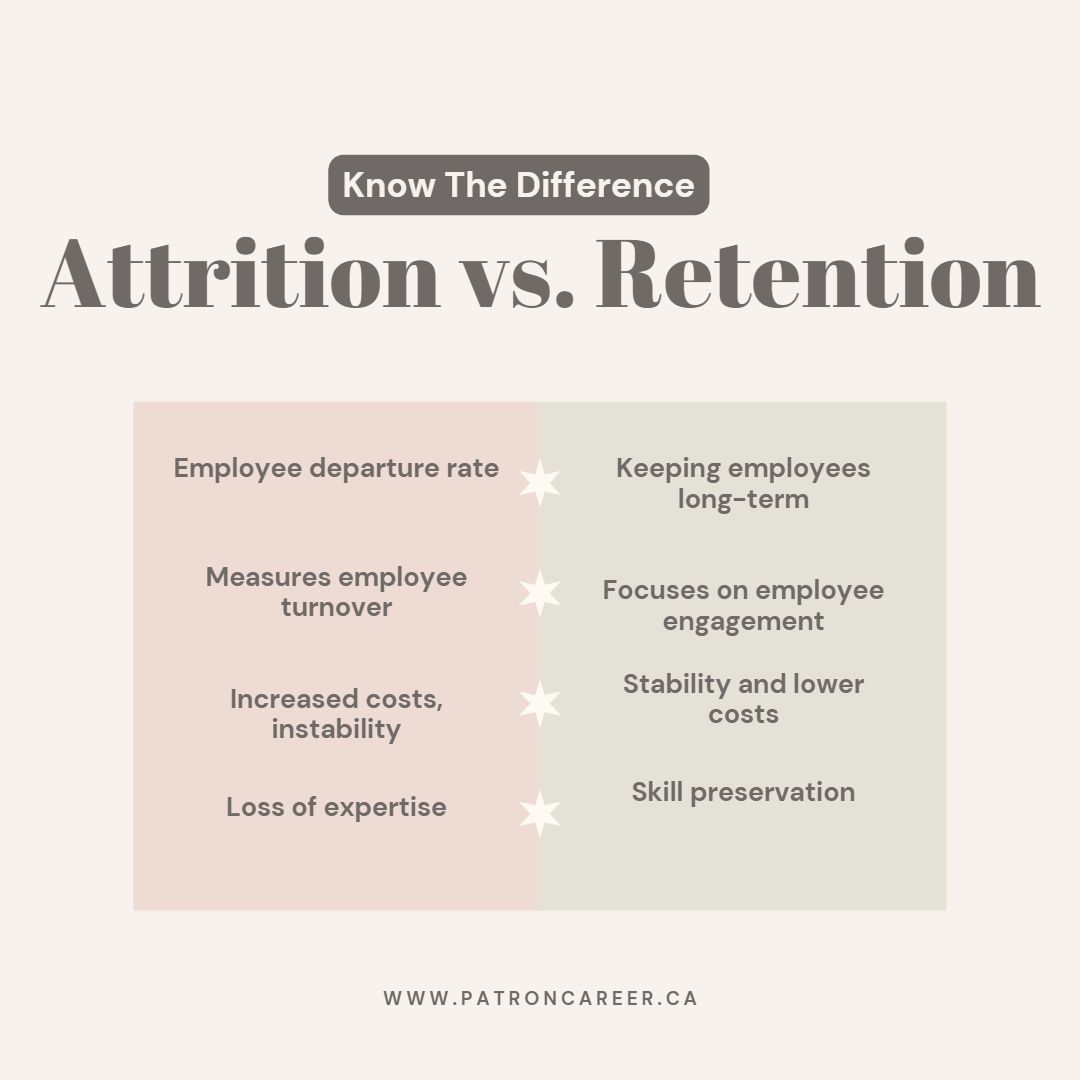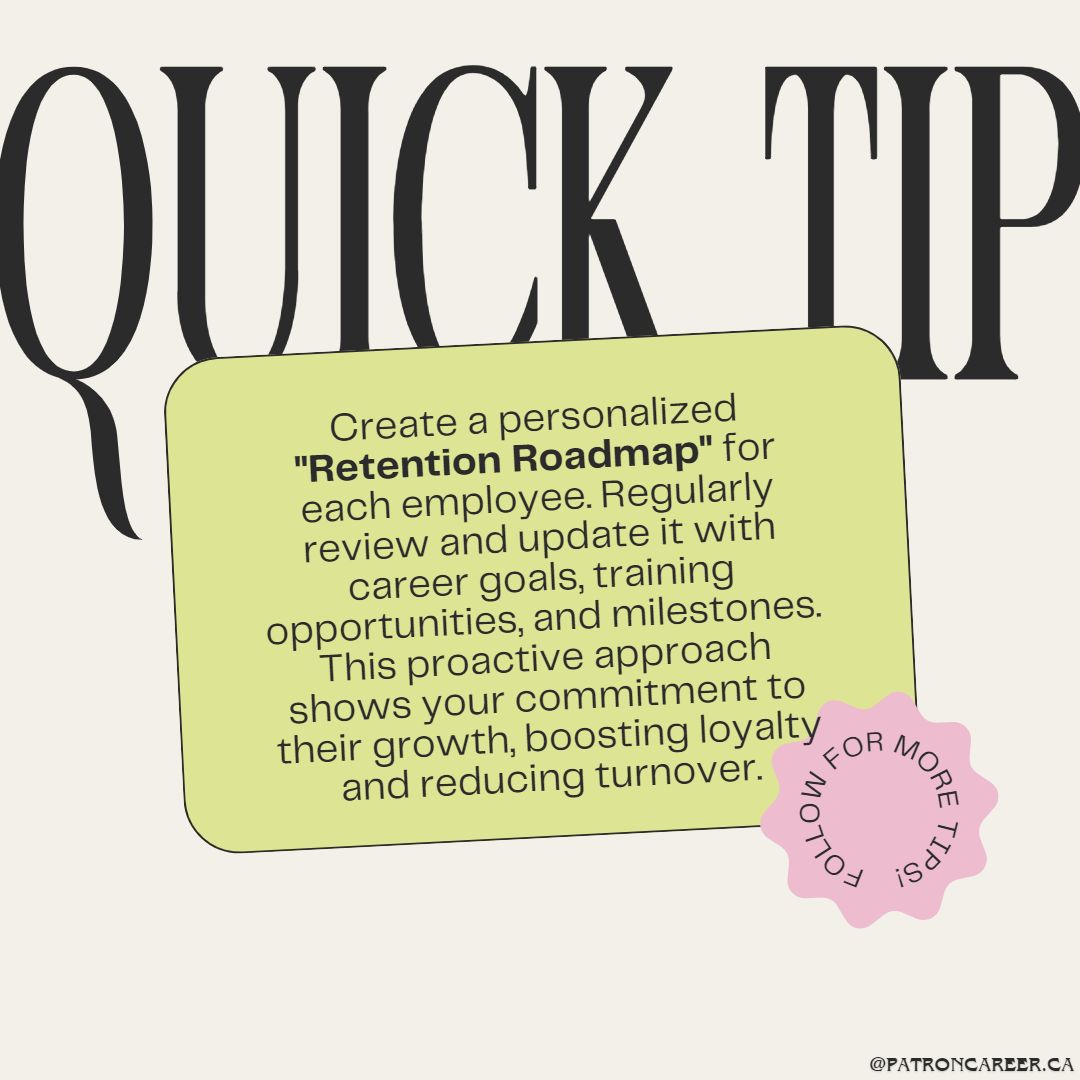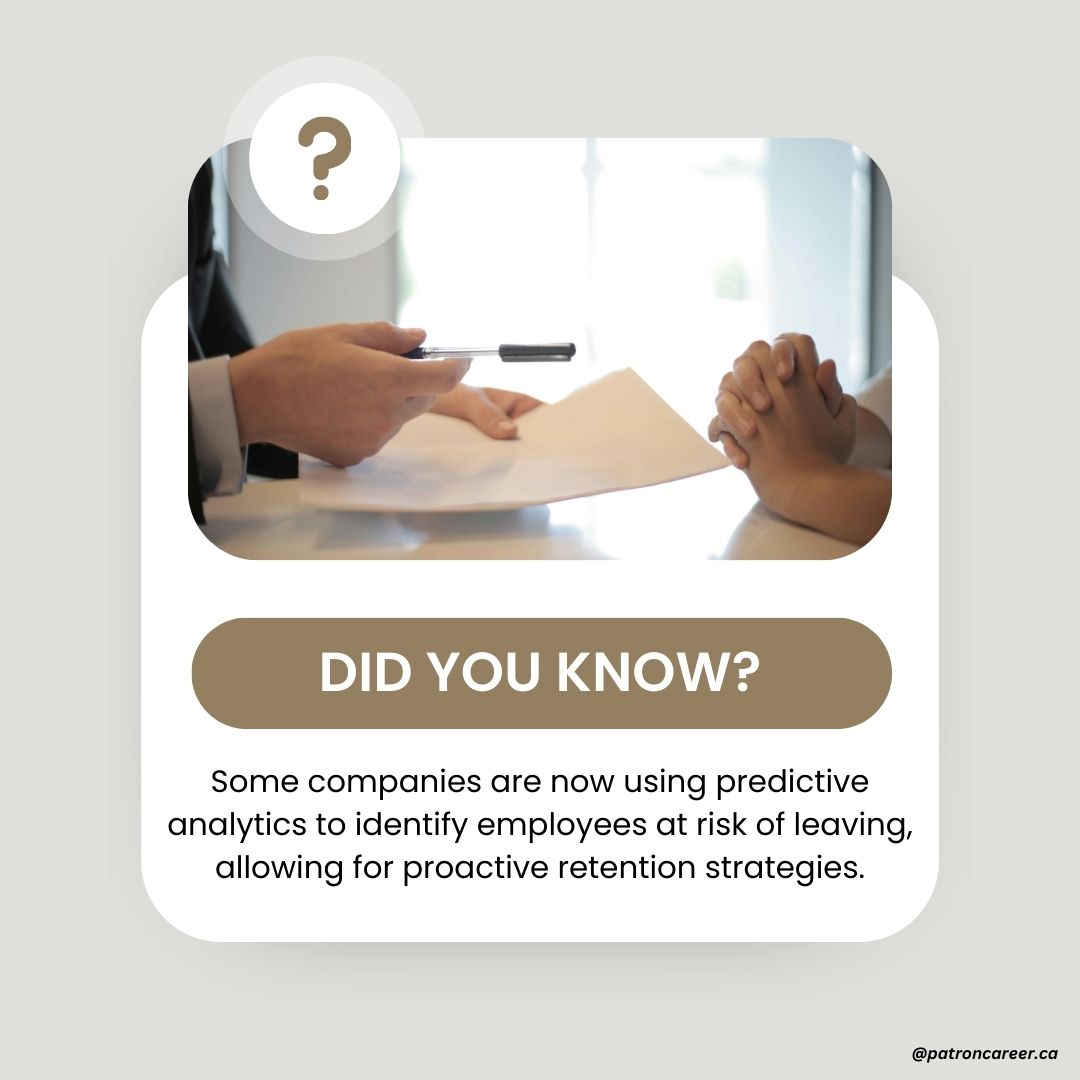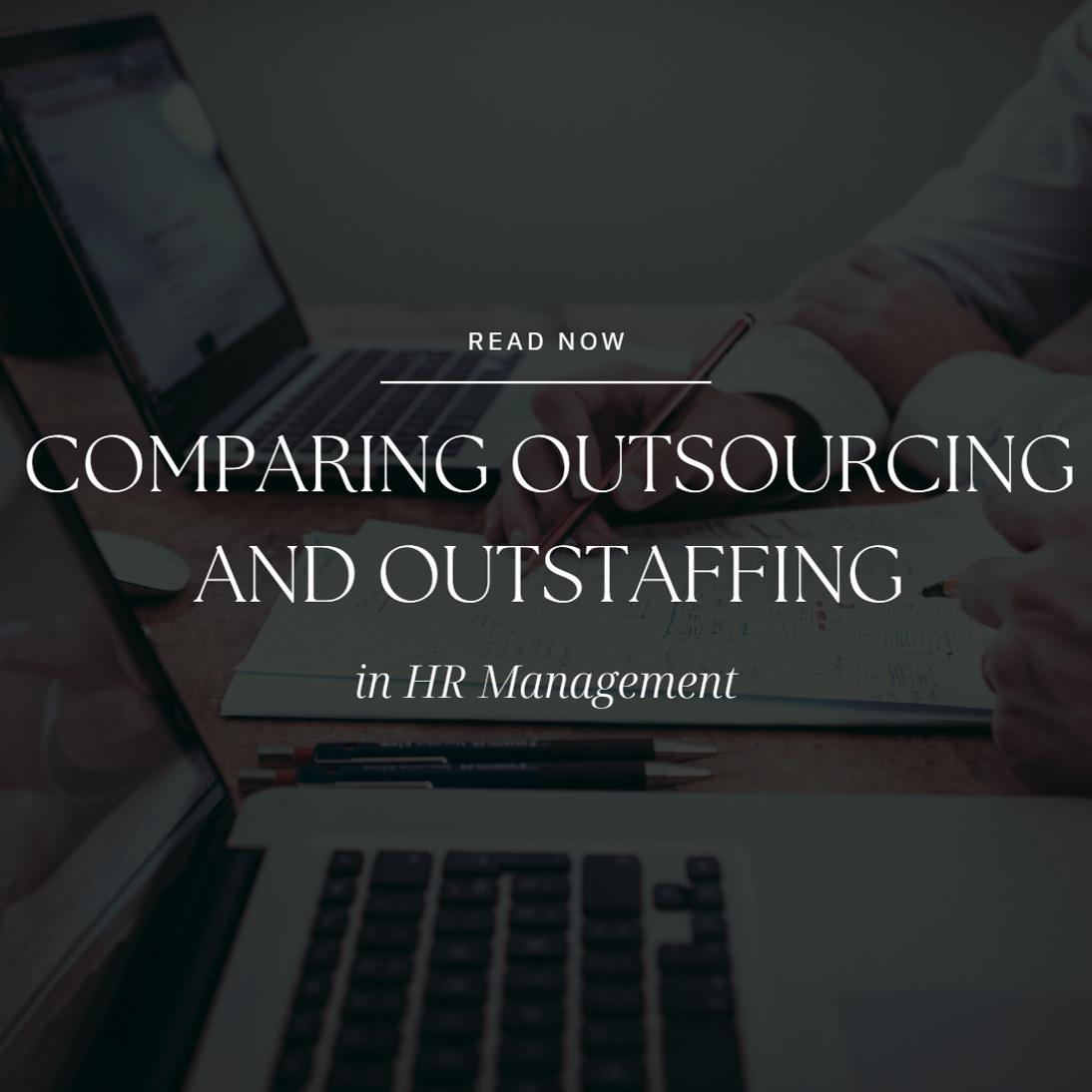How to Sustain the Odds of Employee Attrition Rate
Employee attrition is one of the pressing concerns for even the most successful businesses. If left unaddressed, it can carry fire and sword to the health and sustainability of the workforce. Attrition is the rate at which employees leave a company. High attrition is alarming as it means high recruitment costs, decreased productivity and even the loss of institutional knowledge. To keep the best people around, there’s a crying need to check the factors leading to high attrition.
Get to know what effective strategies can be implemented to mitigate the odds of employee attrition at your workplace. In addition, we will explain:
- What causes high attrition?
- What its effects are?
- How to calculate employee attrition rate?
Delineating the Causes and Impacts of Employee Attrition
The causes of high attrition are:
1. Career Growth Opportunities
Your employees may be leaving if they perceive a lack of opportunities for career advancement. No employee wants to feel stuck with no prospective growth in their position or skills, so they start looking for a new job. Companies should be mindful that employees value growth as their topmost priority.
2. Compensation
An employee who gives his 100% day in and day out will eventually expect a pay that aligns with his expertise and skills. If the pay scale is unsatisfactory, people are likely to leave. It is highly crucial to offer fringe benefits to retain the highly skilled workforce.
3. Work Environment
Your workplace culture is one of the main reasons people want to leave. If the working culture is anywhere close to a toxic workplace culture with poor management and lack of support, it will be unbearable for people to stay with your company for long- 10 times more atrocious than inadequate compensation.
How High Attrition Impacts Businesses
- With high attrition, companies need to spend more on recruiting, onboarding and training employees, impacting their bottom line.
- When highly skilled employees leave their jobs, there is a loss of expertise and valuable knowledge.
- There is a dip in overall employee morale with colleagues or teammates leaving their jobs. It creates instability and hurts the remaining employees.
- Of course, productivity will abate and so will the efficiency of remaining employees due to disrupted workflows.
How Do You Calculate the Attrition Rate?
To calculate the employee attrition rate of your company, use the mathematical attrition rate formula provided below:
(Number of employee departures) ⁄ (Average number of employees) × 100=Attrition Rate(%)
Here is an example.
Let's assume a company has the following details for a specific quarter:
- Number of employees at the start of the quarter: 100
- Number of employees at the end of the quarter: 90
- Number of employees who left during the quarter: 15
Step 1: Calculate the Average Number of Employees During the Period
Average No. of Employees=No. of Employees at the Start+ No. of Employees at the End/ 2
Average Number of Employees= (100+90) /2 = 95
Step 2: Apply the Attrition Rate Formula
Attrition Rate (%) = (15/95) *100= 15.79%
By using this simple formula, we know the attrition rate for the quarter is approximately 15.79%. this means about 15.79% of the company manpower has left it during the quarter. Note that you can calculate your attrition rate either on a monthly or quarterly basis, it doesn’t have to be calculated just annually.
Read: Factors That Strongly Influence Employee Departures
How to Reduce High Employee Attrition Rates?
Attrition is bad for company growth. It is expensive, deteriorates productivity and endangers the good reputation of the company. If you are facing turnover, consider implementing these useful strategies and sustain the odds of employee attrition:
1. Revamp Company Culture
Your company culture says a lot about why people are opting to look for new jobs. Your people might be moving out due to one or more of these reasons:
- Toxic workplace
- Irregular communication
- Biasness
- No room for recognition
- Unattractive rewards
People want to work and stay longer at a workplace that fosters a positive work culture. A culture that is employee-centric and listens to the needs of its employees will have a low attrition rate in contrast to companies that fail to promote diversity and inclusivity.
The times are changing. Competitive salaries and burnout are no longer the biggest drivers of employee attrition. Reports show that the work culture that we usually tend to overlook is actually burgeoning attrition in the workplace.
So how can you ensure that you're work culture is conducive to lower attrition? Companies can achieve this goal by promoting inclusivity and equal opportunities for all employees; holding regular feedback sessions; creating an open-door policy for effective communication and essentially, rewarding hard work by implementing recognition programs.
2. Support Employee Engagement
It is tedious for employees to not be part of something bigger than their desk jobs. It brings boredom and a lack of focus at work. Poor employee engagement at work impacts morale, innovation and retention.
Disengagement at work can be cured by allowing employees to have:
- Emotional Connection- the need to feel attached to their work, team and organization as a whole.
- Sense of Purpose- employees want to know how their individual contributions align with the company’s goals, giving them a clear purpose and direction.
- Growth Opportunities- invest in their professional development by consistently providing skill enhancement training and learning workshops.
Focusing on employee engagement is one of the best techniques you can adopt to improve retention in your workplace. When you give employees a voice in company decisions, company policies or process improvements it motivates them and helps them stay connected to the workplace for a long. Employees who feel a sense of belonging will be committed to their roles and ensure their loyalty towards the organization.
3. Pay and Fringe Benefits
A company should regularly revise and update its compensation packages as per the industry standards. On failing to do so, companies encounter a high risk of skilled manpower walking out the doors. One way to ensure competitive salaries is by introducing a transparent, performance-based incentives policy in your organization. Offer bonuses, profit-sharing, or stock options that reward employees for their contributions. This not only motivates employees but also ties their success to the company’s success.
Opt for an instrumental employee benefits package , aka fringe benefits that go beyond basic health insurance. These are additional perks that employees get and which don’t form a part of their basic pay. The ROI of employee benefits is high- attracting new talent, retaining the best talent, and improving productivity and engagement.
Perks that Pop: Provide employees unique perks like childcare support, pet insurance, employee association memberships, Wellness Wednesdays, rewards for reducing carbon footprints or home office stipend --- little extras that make a big difference.
Empower Today, Retain Tomorrow
Companies should use a strategic approach when it comes to reducing employee attrition rates. Besides what we have explicated in our article, to keep your workforce intact, provide mental health support and remote work options for employees and keep investing in their development to truly create a loyal and engaged workforce. Make today’s investment in your team the key to tomorrow’s achievements.

